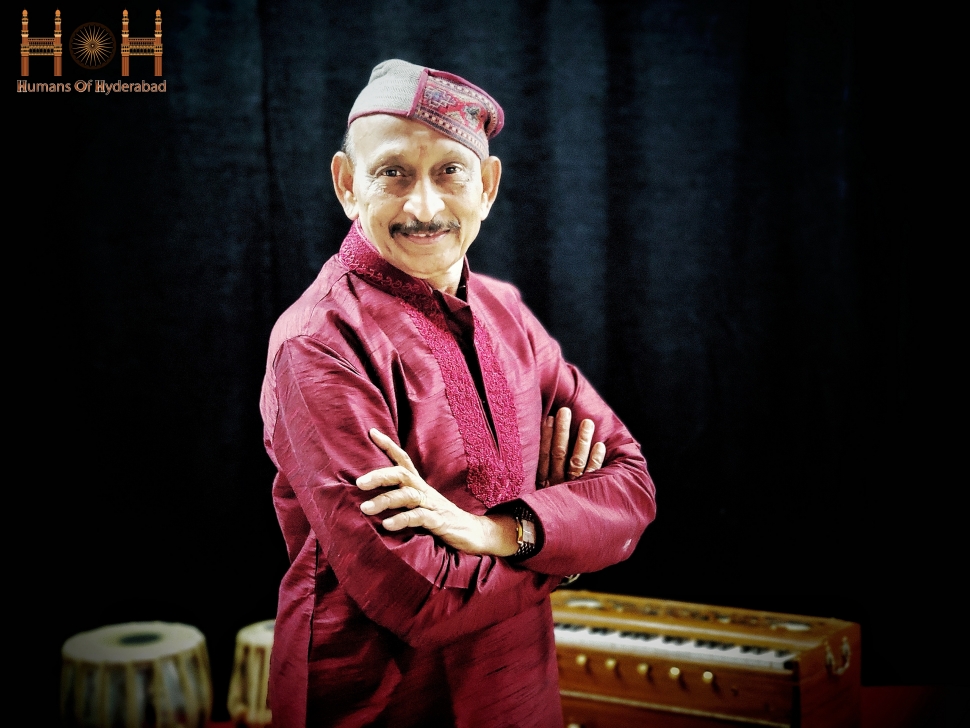“Kathak is a story and I am the storyteller. It is a general misconception that classical dance is distinctly practised by women. Fortunately, this perception is changing rapidly.
My association with dance began at a young age when I would perform the regional folk dance during Vinayaka Chaturthi celebrations. My mother always encouraged me to take up dance and enrolled me in the Government Music and Dance College in Ramkoti in1967. It was full speed ahead for the next 5 years, and I was able to learn the skills of the dance under the able guidance of my Gurus, Pandit Ramakrishna Shukla, and Pandit Vittal Rao.
After completing a five-year diploma in Kathak, the Sangeet Natak Akademi selected me for further training in Delhi. When I finished my advanced training over four years, many people advised me to stay back in Delhi and build a career there, but I had different plans. I was keen on sharing my knowledge of Kathak with people back in my hometown; because it was from my hometown that my roots sprouted.
When I returned to Hyderabad, my long-term goal was to promote Kathak across the state. With this intention, I along with a group of friends started touring every nook and cranny in the erstwhile Andhra Pradesh. Of course, many people questioned the need to perform a Northern artform here, but we believed that it was our responsibility to spread the joy that this life-enriching art form provided.
With the support of many eminent personalities, I was able to start the first Kathak institute of its kind in South India in 1982, named Kathak Kala Kshetra in Hyderabad. Back in those days, there was only the Doordarshan National channel for the people to view these classical programs on television. Whenever it aired a Kathak program, people identified the art form with my name. It was such an immense sense of accomplishment.
Over the years, I have also created my own distinct style, which is now known as the Deccani Style of Kathak. With the inspiration drawn from Deccani Gharana which was existent even during the Qutub Shahi period, I have been teaching this style to my students along with the traditional styles for the last 21 years.
While there are many different aspects involved, the stories that Kathak portrays come from the sacred texts of our country’s culture. So in essence, Kathak is not merely a dance form but an expression of stories, the stories of our own existence!”
